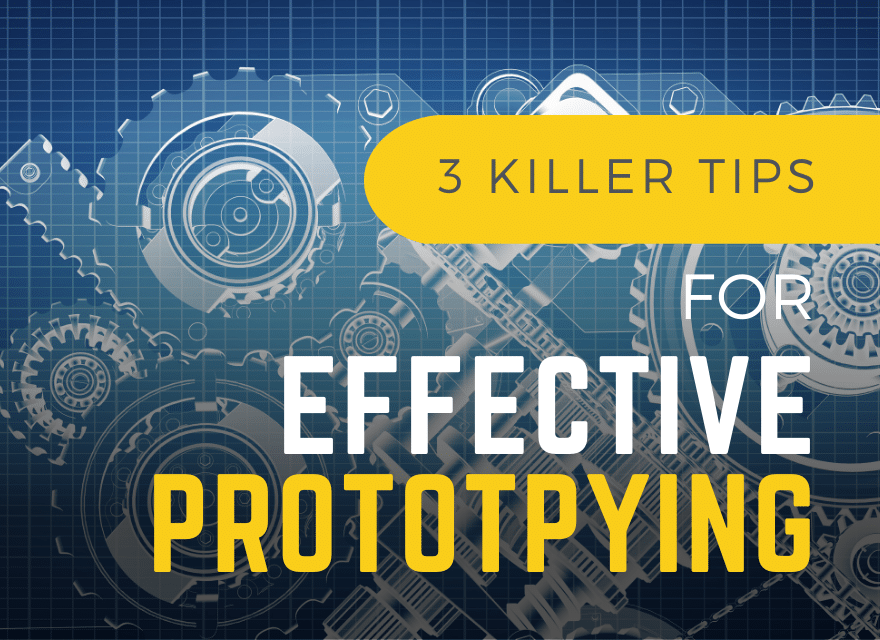My 3 Killer Tips For Effective Prototyping
Introduction
Prototyping is an essential part of the design process. It’s a way to test your assumptions, validate the market for your ideas, and make sure you understand what users want and need. Prototyping isn’t just about making pretty pictures or cool animations—it’s about learning how to solve real problems in the best way possible. I’ve gathered three of the best killer tactics that will help you build better prototypes faster for early user testing, conduct relevant and practical market research and understand why you’re building a prototype in the first place.My First Killer Tip – Develop the idea BEFORE prototyping.
This point I cannot stress enough. You’ve got your idea for the product, but you need to know if it will fly or flop. Making some basic models out of materials you have to hand is a positive way to produce your product without breaking the bank. To get a bit more high-tech, use Computer Aided Design and photorealistic rendering to develop every fine detail and be sure to make any changes, no matter how small, before committing to the fabrication process. It never hurts to conduct some market research. As a matter of fact, it will help your product soar. If you’re unable to build a prototype, then it’s unlikely that you have enough information to develop your product further, but don’t worry! Stop thinking about the physical end goal, step back and just listen to what the customers say. By taking on board any feedback, you can ensure your idea is just what your target market is seeking and identify and address any improvements before the construction process.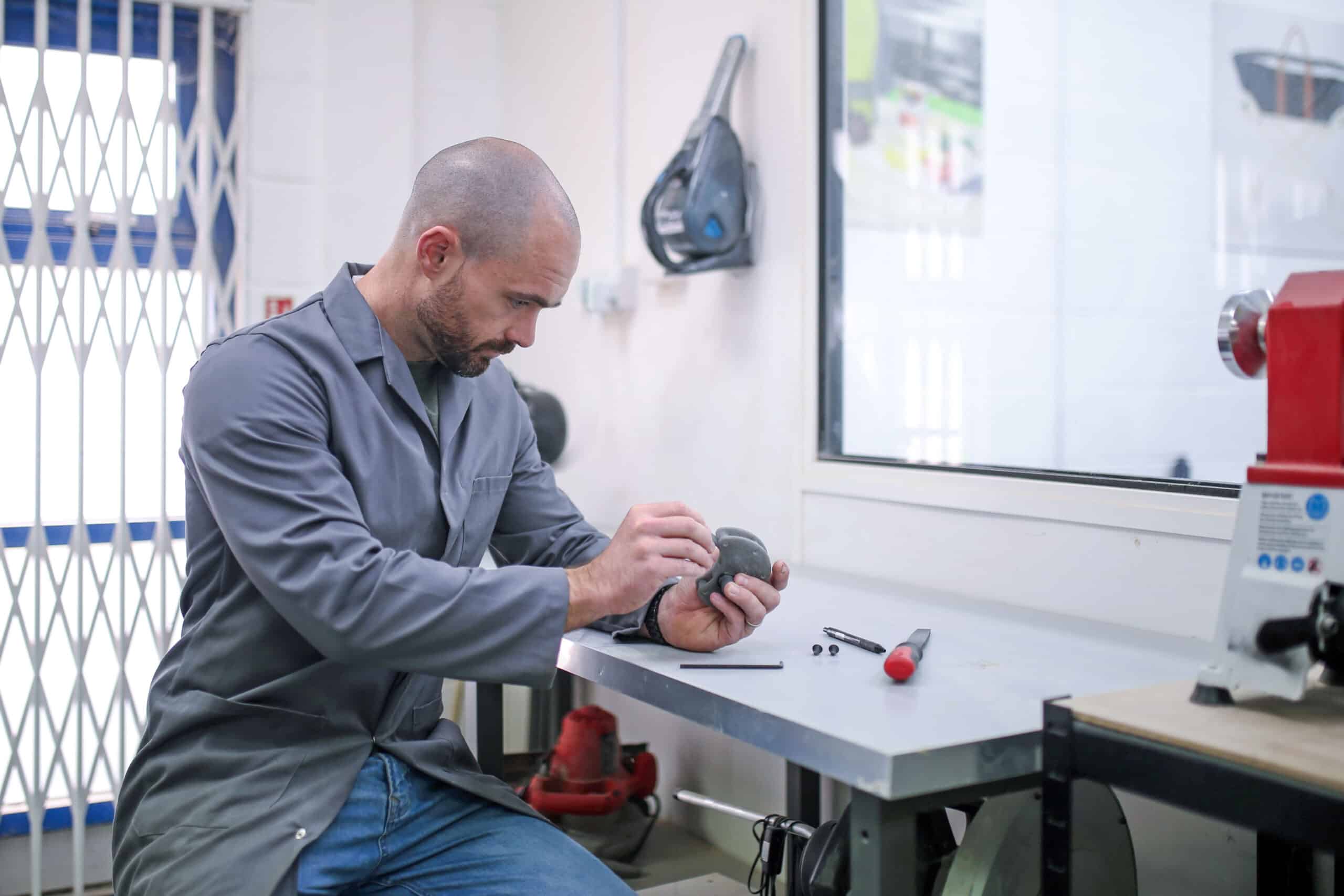
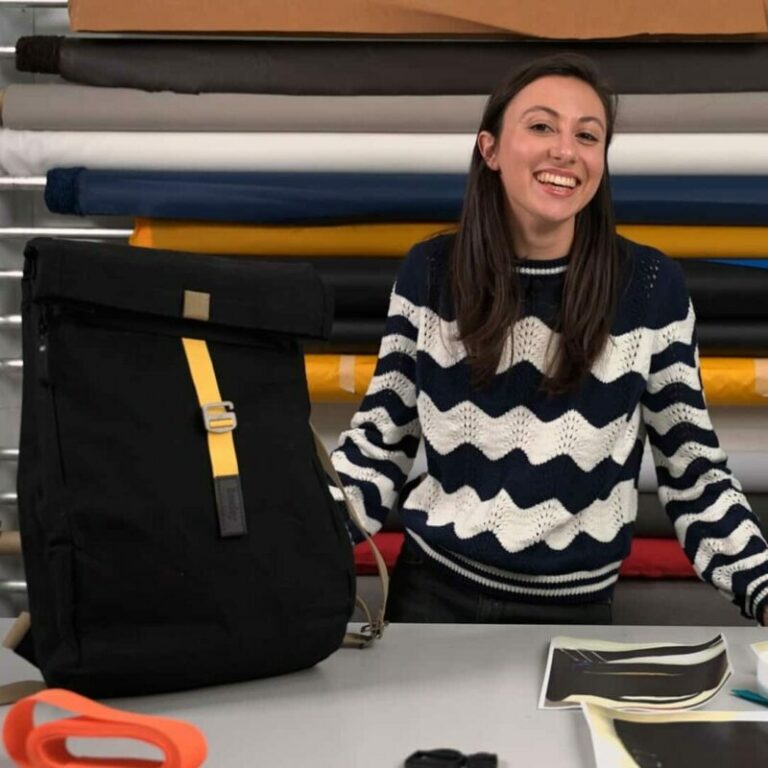
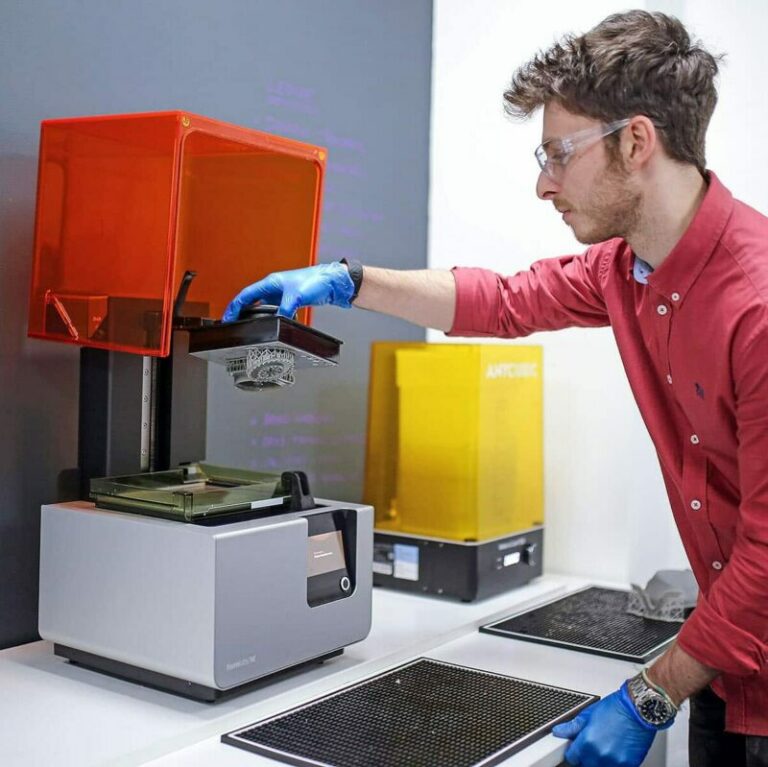
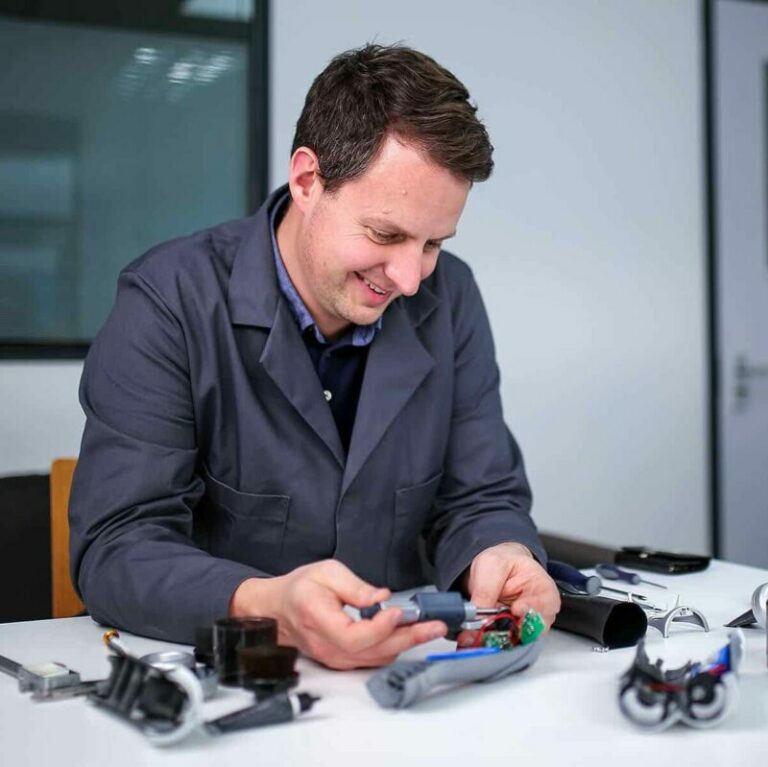
Killer Tip Number Two – Validate the market for ideas.
Don’t fall into the trap of dangling your idea out into the world like a free for all pinata when conducting market research! Losing the rights to your product before it’s even created is a heartbreaking but common reality for most product designers. Create a thorough and transparent NDA (non-disclosure agreement) to be signed by anyone and everyone who comes close to your product. Market research is a vital yet delicate process that needs to be handled carefully and correctly, and don’t be afraid to test the process. When we say “process,” we mean everything that goes into creating a new product from scratch. Researching competitors’ offerings (or lack thereof), gathering customer data through surveys and interviews, coming up with a business model that makes sense financially…the list goes on and on! Prototyping allows you to experiment with these steps before committing large amounts of time or money to develop something that you might not be able to sell later down the line when it launches publicly. It also helps to see where there may be potential problems along each stage so that you can work out solutions ahead of time rather than redo work later on down the road when things go wrong unexpectedly due to poor planning during development stages. Equally, by conducting your competitor research, you will know what you are up against out there and help your product stand out in the retail environment when sold alongside similar products. As satisfying as it is to create something you can call your own, let’s not shy away from the initial goal here, which is to make money. Check that you can manufacture your product for a cost that will mean you see a profit.
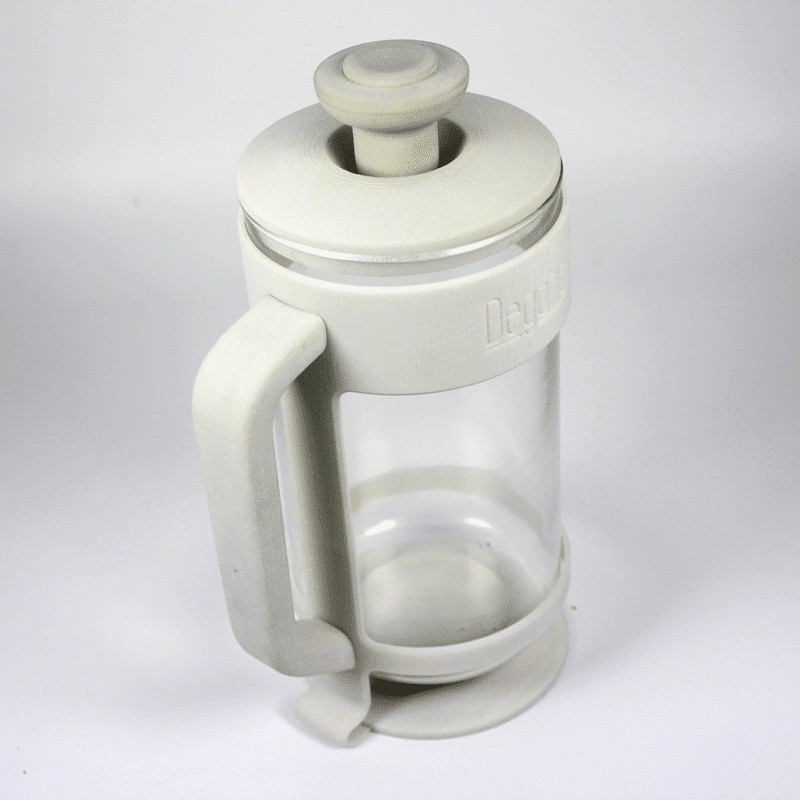
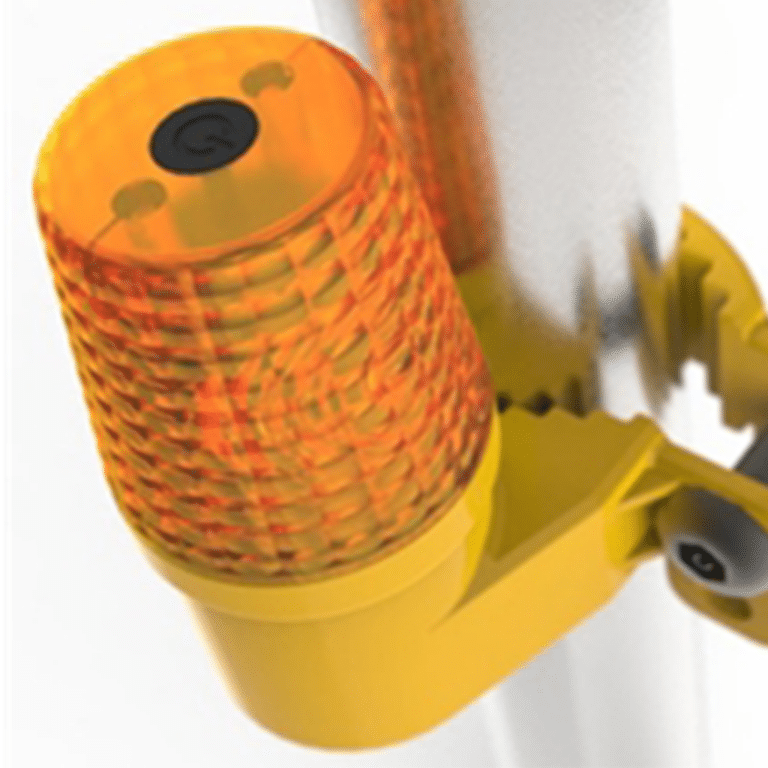
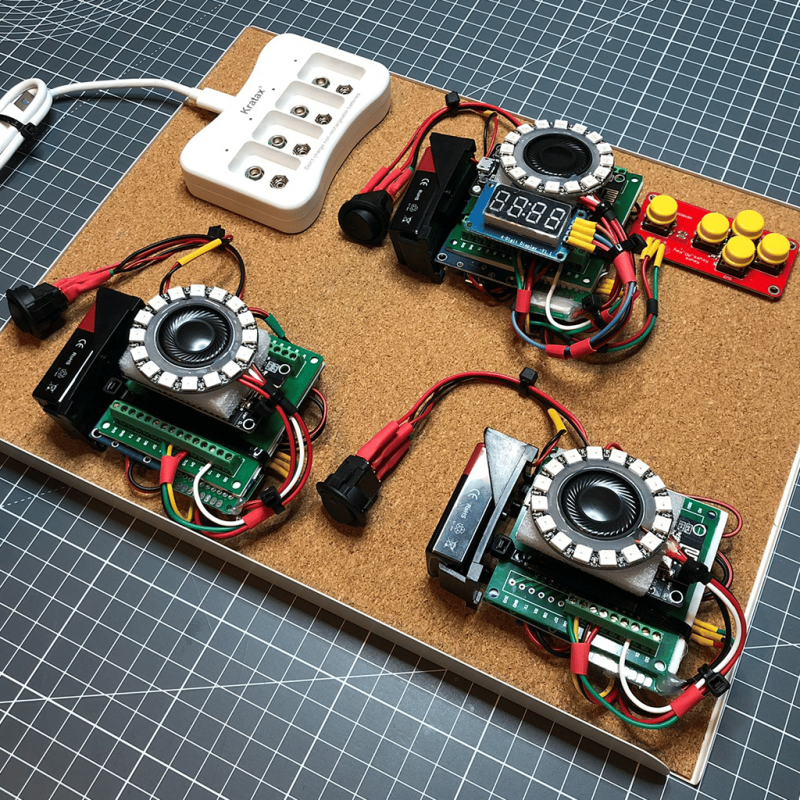
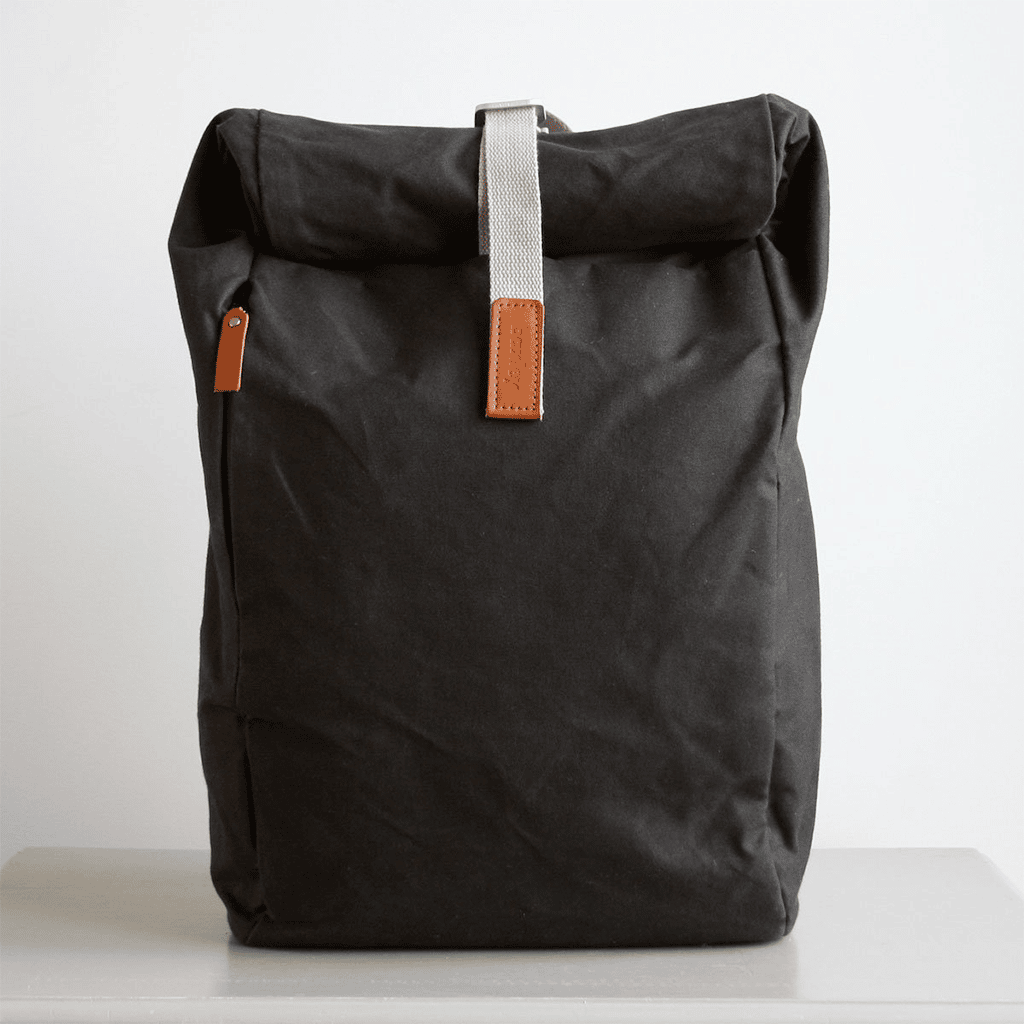
My Third and Final Killer Tip – Make sure you know why you are prototyping
This one may seem obvious, but be sure you understand why you are prototyping. The primary purpose of a prototype is not just to showcase your ideas, but it is an excellent way to test your assumptions by finding out quickly and cheaply if your project is worth pursuing and gives you the opportunity to iron out any imperfections, learn from them and ultimately improve upon them before you release your product into the market. So make sure you know what exactly you want from your prototype! When you’re designing a new product, it’s essential to have a clear prototyping strategy. You might want to test innovative functionality or explore a completely new design. In both cases, it’s often best to start with a basic prototype that doesn’t look like the final item. It doesn’t need to be “high fidelity” with all the right surface finishes, colours or materials. It can focus on just one key element instead of providing everything simultaneously. Perhaps you’re looking for a prototype that doesn’t have working parts but can do the job of an aesthetic representation of your product and help gain positive market research, further investment or initial interest from retailers. Develop a basic, stripped-down version of your project that you can use to test and get feedback on what works and what doesn’t. This is known as a minimum viable product. Prototypes may need to be built that are closer to the final version. However, this will allow for a greater return on investment when addressing a high-risk area such as user experience.
Summary
No matter what you’re creating, prototyping is an essential part of the design process. It allows the designer to quickly test their assumptions, validate the market for their ideas and build a consensus around what makes a product good or bad, safe or unsafe and ultimately a success or a failure. By channelling all of our focus on quick cycles and early usability testing (instead of jumping in feet first because creating a product is an exciting and thrilling process), you can get the necessary feedback from users before the finished product is out there for all to see. In the long run, this will save you not only a shed load of cash and precious time, but you’ll also gain the satisfaction of creating a product that makes you proud.
Throughout this article, I have shared with you some of my key tactics that explain the importance of prototyping and the different aspects and benefits that will give you and your product the most significant chance of excelling in today’s market.
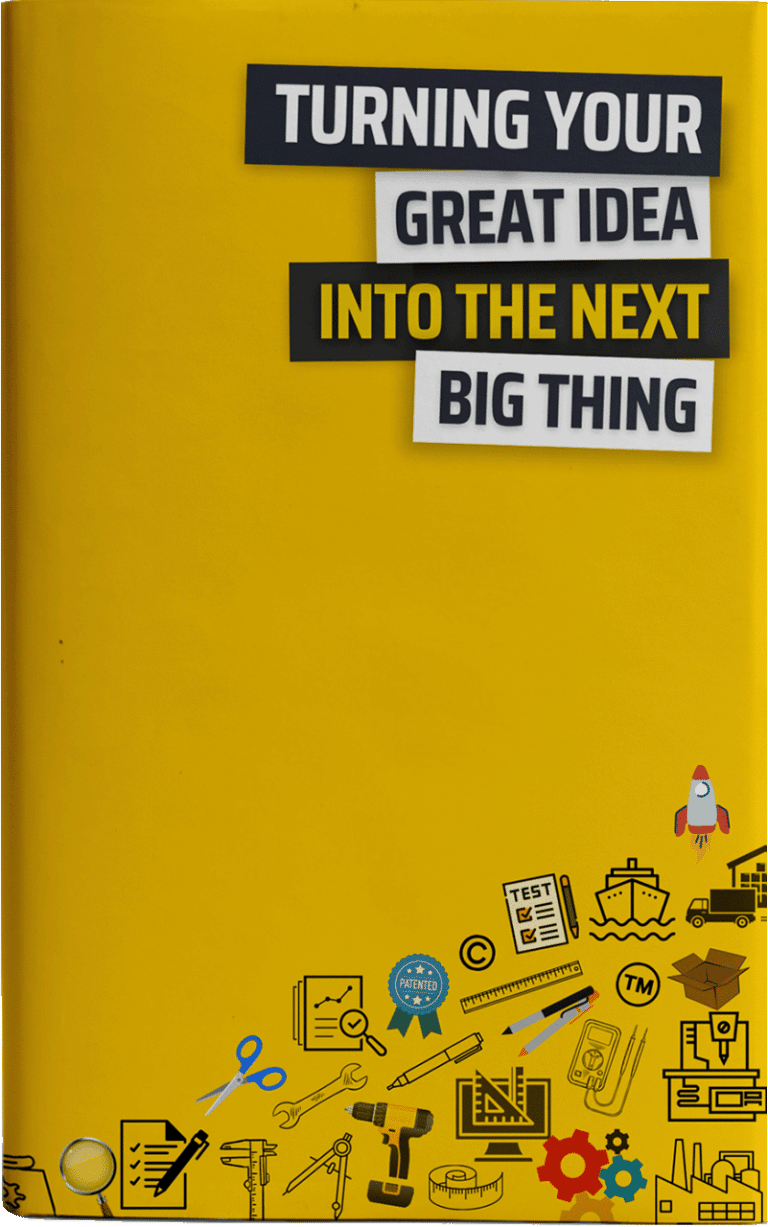
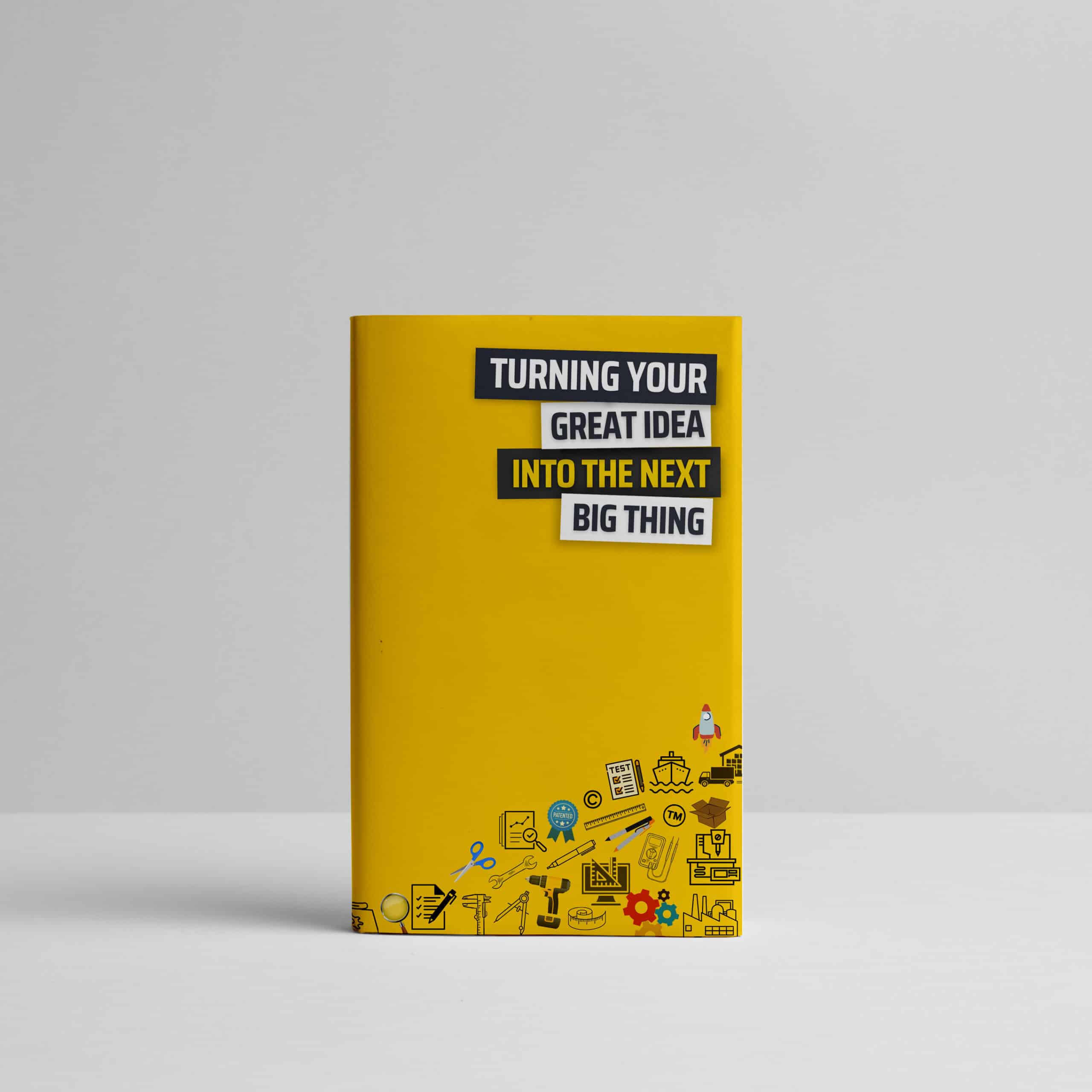
Serious about developing a product?
Having worked with hundreds of Start-Ups and SMEs we’ve learned a thing or so about getting a project off to the right start.
Don’t miss out on this invaluable guide to turning your idea into the next big thing!
